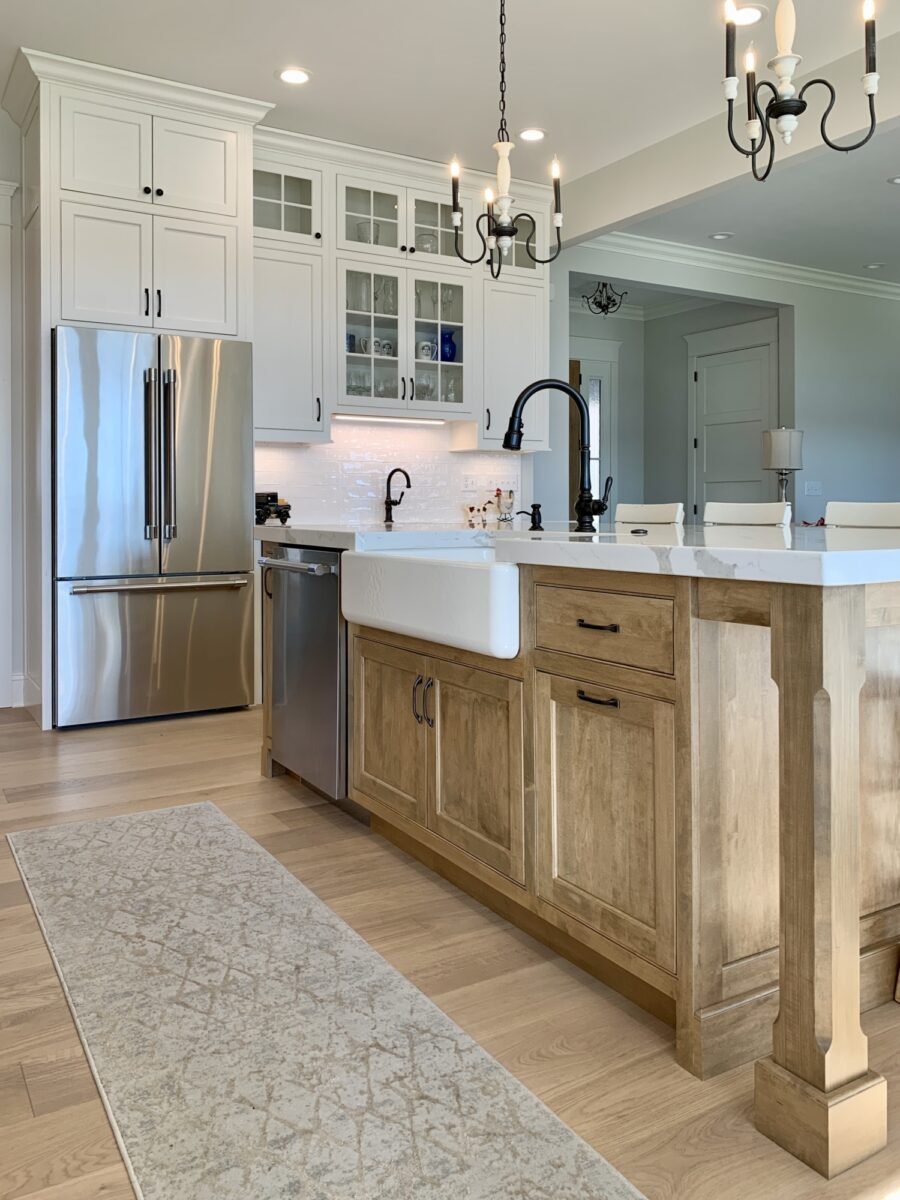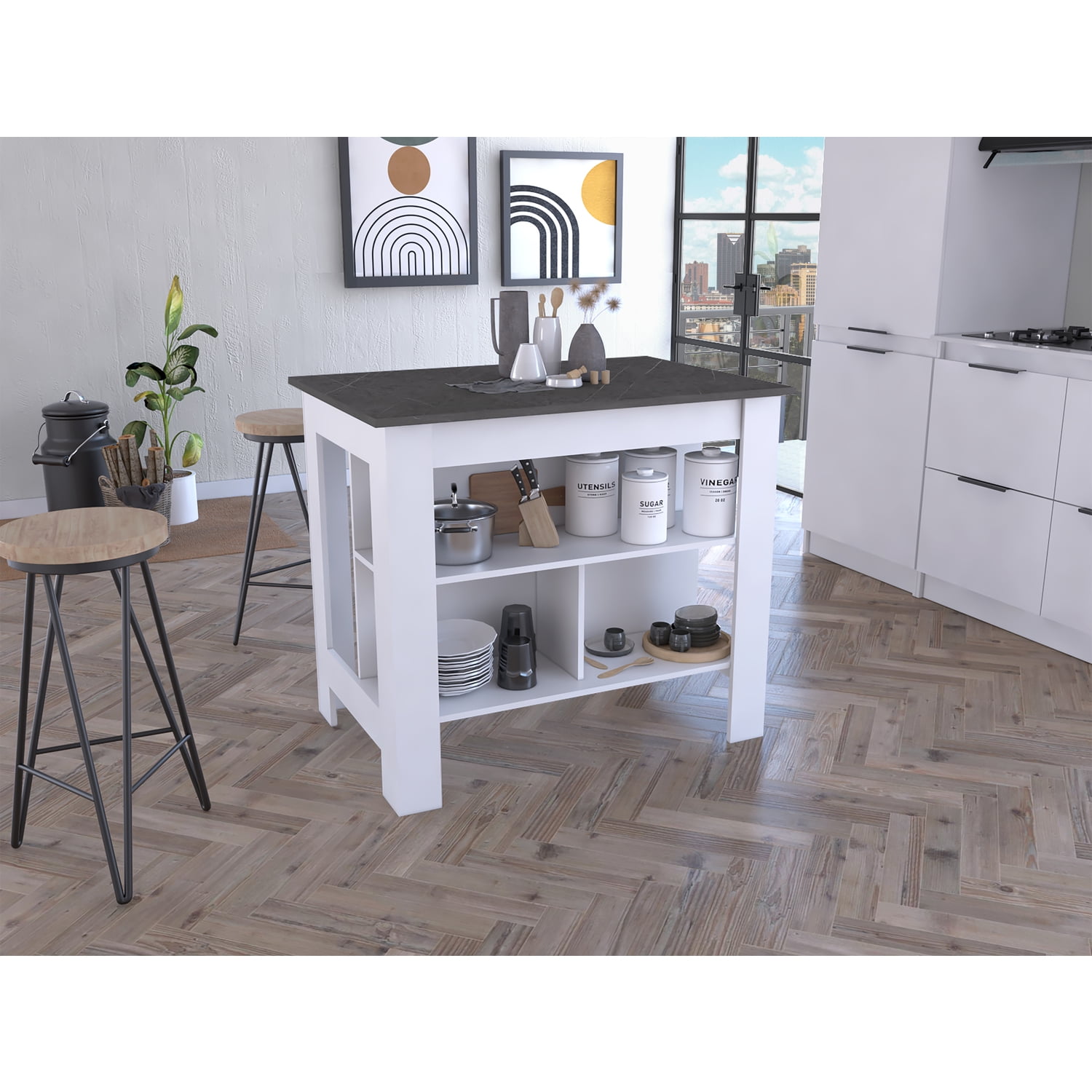Explore Timeless Options in Standard Legs For Kitchen Island Layouts
Wiki Article
Trick Factors To Consider for Discovering the very best Legs For Kitchen Island for Your Layout
When picking the optimal legs for your cooking area island, several crucial factors to consider come into play that can substantially impact both performance and aesthetics. The option of height, product, and design must align with your general cooking area style to make sure an unified look.Determine Your Style Preference
When picking the perfect legs for your kitchen area island,Identifying your design choice is vital. The legs of your cooking area island not just offer a useful purpose but also contribute significantly to the overall visual of the space. Therefore, identifying your design style-- be it modern, rustic, traditional, or industrial-- is essential.For a modern-day cooking area, take into consideration streamlined, minimalistic legs that match clean lines and open spaces. On the other hand, a rustic setup might gain from even more robust, farmhouse-style legs constructed from recovered products. Conventional cooking areas frequently prefer turned or ornate legs, which can add a touch of elegance and class. At the same time, an industrial visual might require steel legs that emphasize a raw, unfinished appearance.
Furthermore, take into consideration the height and proportion of the legs in connection to the island's surface. Eventually, your design choice will certainly influence not only the choice of legs however likewise the general consistency of your cooking area's layout.
Choose the Right Material
Selecting the best material for your kitchen area island legs is crucial in making certain both toughness and visual allure. Numerous products provide unique advantages, and the option often shows your style choices and practical demands.Wood is a prominent option, supplying warmth and adaptability. It can be discolored or painted to match your kitchen area design, making it adaptable to various designs, from rustic to modern. Nonetheless, timber may require regular upkeep to maintain its look and stability.

If you seek an one-of-a-kind touch, think about acrylic or glass products. They can create an illusion of room and lightness in your kitchen area, making them a superb choice for smaller sized locations - Legs For Kitchen Island. However, these choices might require cautious handling and upkeep to stay clear of scratches.
Ultimately, the material you select need to align with your kitchen area's general layout, ensuring that the legs serve both practical and ornamental purposes.
Consider Height and Proportions
When creating a cooking area island, elevation and percentages play an essential function in making sure capability and convenience. The conventional height for a kitchen area island usually ranges from 36 to 42 inches, lining up with traditional counter heights or bar heights, respectively. This measurement is essential for integrating with bordering counter tops and this hyperlink stools, enabling convenience of usage during meal prep work and social interactions.In addition, the island's proportions must enhance the overall cooking area design. Consider the proportion between the island's size and length, guaranteeing it offers adequate surface location without crowding the kitchen.
In addition, the height of the legs or base can affect the visual allure and functionality. Taller legs might lend an extra modern, ventilated feel, while shorter ones can stimulate a conventional, based look. Inevitably, very carefully considering height and percentages will lead to a kitchen island that is both visually enticing and functionally efficient, improving the overall style of the room.
Assess Security and Sturdiness
A cooking area island's legs should not just enhance its height and proportions yet also offer ample security and resilience to sustain day-to-day activities. The legs are vital to the total functionality of the island, as they bear the weight of the counter top and any type of added lots, such as appliances or cooking tasks.When examining security, it is crucial to think about the leg style and product. Tough steel or strong wood legs usually offer superior strength compared to lighter materials like engineered timber or plastic. In addition, a wider base can enhance security, lowering the threat of tipping or tottering throughout usage.
Toughness is similarly crucial; the legs must withstand deterioration from daily use. Consider coatings that shield versus scrapes, dents, and moisture, especially in a cooking area setting. In addition, examine the high quality of construction, such as attachments and joints, which can substantially affect the legs' long-term performance.
Inevitably, purchasing well-crafted legs that prioritize security and toughness will guarantee your kitchen area island stays a dependable work area for many years ahead, boosting your cooking experiences while maintaining visual charm.
Element in Upkeep and Care
Upkeep and care are critical factors to consider for you could try these out guaranteeing the long life and performance of cooking area island legs. When choosing legs, it is necessary to review the materials utilized, as different choices call for varying degrees of upkeep. Wooden legs may call for routine refinishing or sealing to stop dampness damage and scratches, while steel legs might need routine brightening to keep their shine and avoid corrosion.In addition, the finish applied to the legs can affect upkeep needs. A high-gloss finishing might be less complicated to clean however might reveal finger prints and scrapes much more easily than a matte coating. It is advisable to choose materials and surfaces that match your way of living; as an example, if you frequently host gatherings, choose long lasting products that can stand up to damage.
In addition, take into consideration the cleaning procedure associated with maintaining these legs. Smooth surfaces often require marginal initiative, while detailed designs might accumulate dirt and crud, demanding even news more labor-intensive cleaning techniques. Legs For Kitchen Island. Ultimately, factoring in the upkeep and care required for your picked kitchen area island legs will certainly not only improve their aesthetic charm but likewise ensure their practical stability over time
Final Thought
Finally, picking the ideal legs for a kitchen area island necessitates mindful factor to consider of different factors, including design style, material choice, stability, maintenance, and elevation. Each aspect plays an essential role in guaranteeing that the legs not just boost the aesthetic allure of the cooking area however also give the needed support and durability for day-to-day use. A well-informed choice will ultimately add to a practical and aesthetically pleasing kitchen area environment.The legs of your kitchen area island not only offer a functional function but likewise contribute dramatically to the overall visual of the space.Maintenance and treatment are essential considerations for ensuring the longevity and efficiency of cooking area island legs. Wood legs may require periodic refinishing or sealing to avoid dampness damages and scratches, while metal legs may require routine polishing to keep their luster and prevent corrosion.
Eventually, factoring in the upkeep and care required for your picked kitchen island legs will not just enhance their aesthetic charm yet also ensure their useful honesty over time.

Report this wiki page